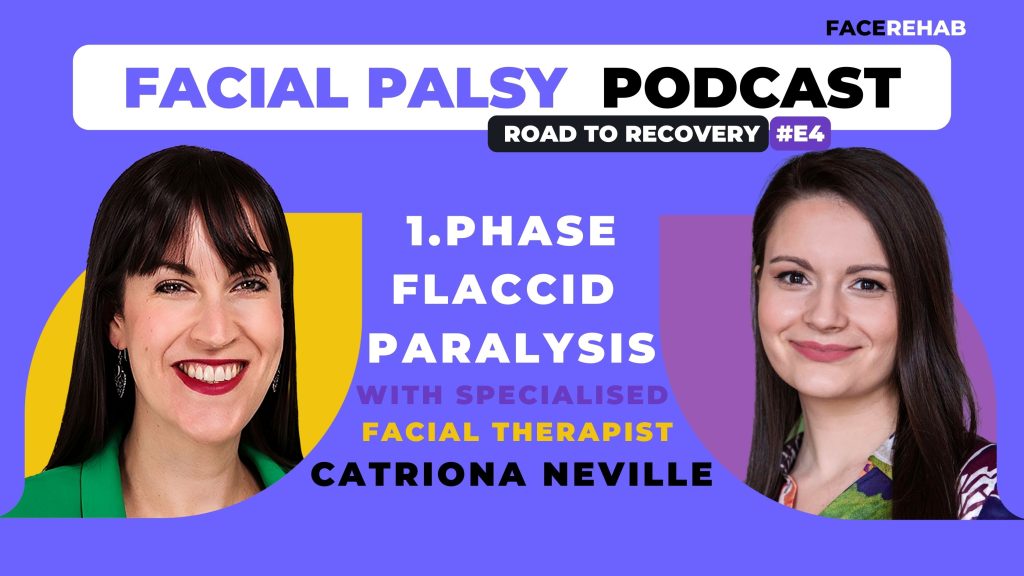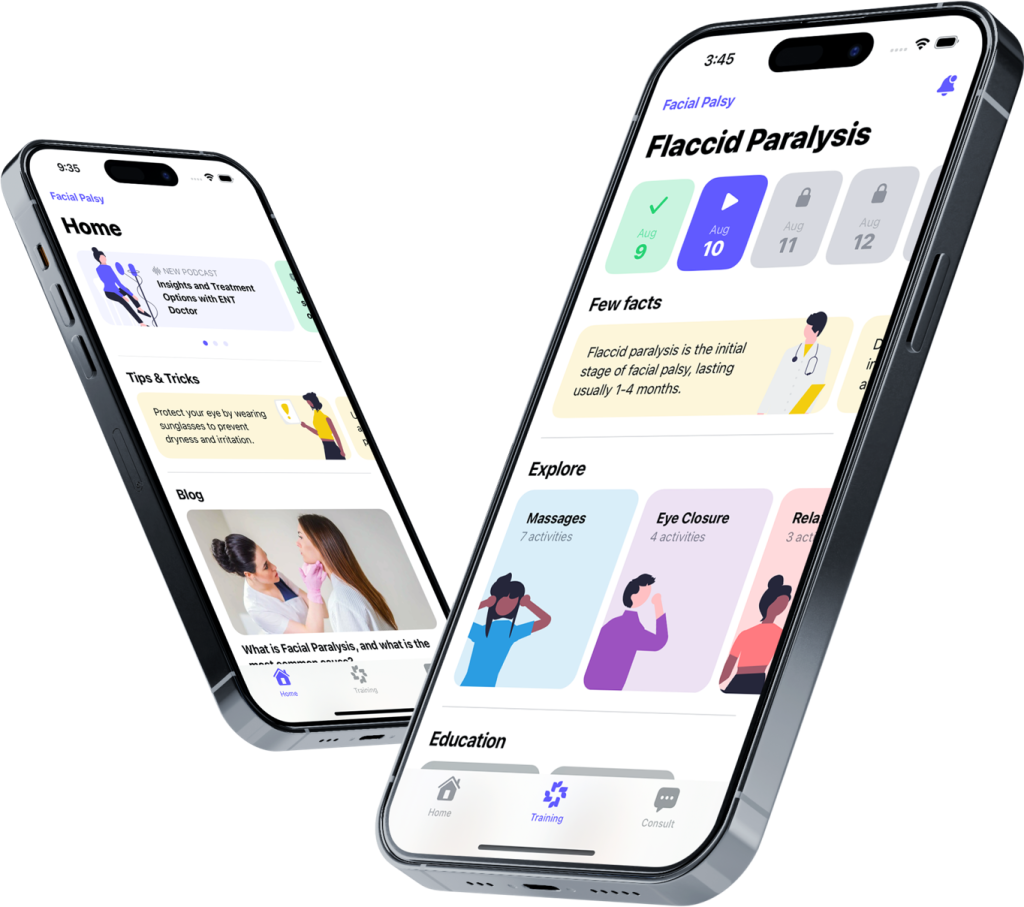Facial palsy, characterized by the impairment of facial muscles, progresses through distinct stages, each demanding specific attention and care. Understanding these phases is crucial for tailored treatment and management. Let’s delve into the three key stages—flaccid paralysis, paretic stage, and synkinesis—with expert insights.
Flaccid Paralysis Stage: The Starting Point
Facial palsy typically initiates with flaccid paralysis, often affecting one side of the face. During this stage, facial muscles experience complete immobility. Properly identifying this initial stage is essential for accurate categorization and subsequent treatment planning.
Paretic Stage: Regaining Movement
As individuals progress in their recovery, they enter the paretic stage, where partial movement in facial muscles begins to emerge. This phase signifies hope and potential for further rehabilitation, guiding healthcare professionals in providing suitable interventions to support facial muscle function restoration.
Synkinesis: Complex Movements
In certain cases, patients advance to synkinesis—a stage involving aberrant facial movements. These involuntary contractions can lead to unusual facial movements during specific activities. Recognizing these complexities is crucial in understanding the condition’s varied presentations.
Significance of Stage Identification for Optimal Management
Understanding a patient’s specific facial palsy stage is pivotal. Tailoring interventions according to the phase ensures targeted and effective care, maximizing recovery chances and enhancing quality of life.
For further guidance and support, individuals can access resources like the Bell’s Palsy & Facial Paralysis by FaceRehab support group on Facebook or the FaceRehab Therapies World mobile application. These platforms use a questionnaire to assess the facial palsy stage and provide an approved rehabilitation plan by FTSI. Moreover, specialized professionals are available on the platform for expert consultations.
In conclusion, facial palsy progresses through unique phases, each requiring specialized approaches for effective management. Recognizing and understanding these stages empower both patients and healthcare providers to collaborate on strategies that optimize recovery and improve well-being.
Source: Catriona Neville, Chair of Facial Therapy Specialists International (FTSI) & Facial Palsy Road To Recovery Podcast









